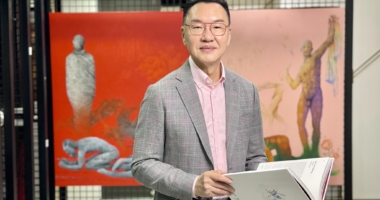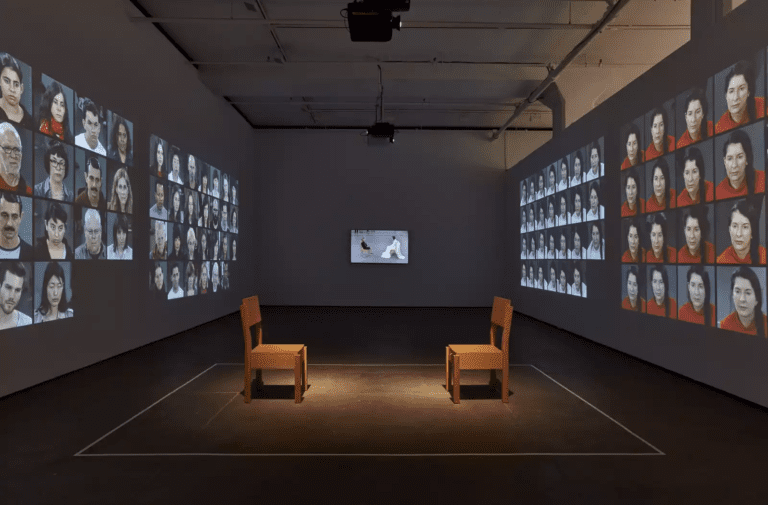
Installation view Marina Abramović's Individual Portrait For One Person, The Artist is Present, 2022. Courtesy of Sean Kelly Gallery.
In October 1973, Robert Rauschenberg famously berated collector Robert C. Scull. The collector had just auctioned off a piece by the artist for $85,000, for which he had originally paid $900. In a confrontation that’s become art world lore, Rauschenberg exclaimed, “I’ve been working my ass off for you to make that profit?”
Nowadays, such resale scenarios are hardly unusual for the upper echelons of emerging and established living artists. And it’s led to the current art market, where artists and galleries are staking a claim in the auctions space.
In the past two months, Sotheby’s and Simon de Pury announced primary-market auction initiatives that involve working directly with artists and their representing galleries. Yet in fact, Artsy has been operating this way for years—and has only increased such efforts since acquiring the social-impact auction platform Greenhouse Auctions in 2021.
Artsy’s Impact and Spotlight Auctions give artists and galleries the opportunity to drive social impact and benefit a chosen cause–and in the past two years, we have raised over $25 million for social-impact organizations through such sales.
In June 2021, for example, Artsy worked with artist Julie Mehretu and her galleries carlier | gebauer and Marian Goodman Gallery on a Spotlight Auction of the painting Dissident Score (2019–21). The piece sold for $6.5 million—setting the artist’s auction record—and Mehretu donated 100% of proceeds to the Art for Justice Fund. This past March, Artsy worked with Marina Abramović and Sean Kelly Gallery on a benefit auction for Ukraine, which raised $150,000.
And in May 2022, Tomokazu Matsuyama and Kotaro Nukaga Gallery sold the artist’s painting in a single-lot auction which generated a bidding frenzy, resulting in a hammer price far exceeding the presale estimates and raising a substantial amount for the Asian American Arts Alliance.
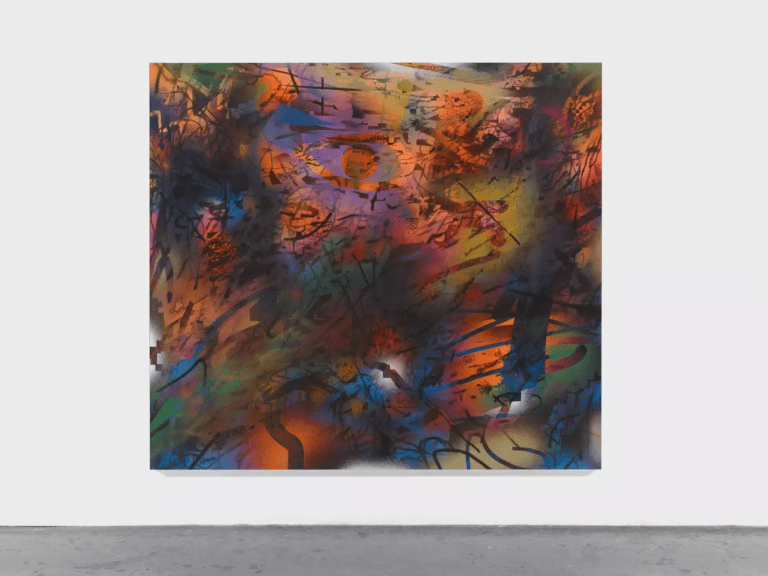
Julie Mehretu, Dissident Score, 2019-2021. Courtesy of Julie Mehretu.
In recent memory, every major auction season has brought with it a smattering of sales of work by living artists—from the young and emerging to the seasoned and underrecognized—that smash estimates and set eye-popping records, yet artists almost never get a taste of those sums (though they do account for growing their primary markets, which is another story).
This state of the secondary market is due in large part to the primary market, where it’s become industry standard for galleries to keep waitlists, carefully vet collectors, and reserve artworks for museum collections. As a result, for many collectors with the buying power and the sincere intentions to build a reputable collection, collecting via auctions is simply the most accessible avenue—the most direct way to buy an acclaimed artist’s work, even if well above the gallery price.
At the same time, new developments have emerged for artists who want a fair share of their growing secondary market. It’s more common than ever for artists and galleries to execute resale agreements; to use Web3 and blockchain-registered certificates to track reselling; and to work directly with auction houses.
How did we get here?
Primary-market auctions date back decades, but what’s happening now speaks to the current secondary market, and the ways that galleries operate today.
In recent memory, every major auction season has brought with it a smattering of sales of work by living artists—from the young and emerging to the seasoned and underrecognized—that smash estimates and set eye-popping records, yet artists almost never get a taste of those sums (though they do account for growing their primary markets, which is another story).
This state of the secondary market is due in large part to the primary market, where it’s become industry standard for galleries to keep waitlists, carefully vet collectors, and reserve artworks for museum collections. As a result, for many collectors with the buying power and the sincere intentions to build a reputable collection, collecting via auctions is simply the most accessible avenue—the most direct way to buy an acclaimed artist’s work, even if well above the gallery price.
At the same time, new developments have emerged for artists who want a fair share of their growing secondary market. It’s more common than ever for artists and galleries to execute resale agreements; to use Web3 and blockchain-registered certificates to track reselling; and to work directly with auction houses.
While the landscape for primary-market auctions is a promising one, artists and galleries must remain vigilant in entering into such endeavors.
Through our experience collaborating with artists and galleries on dozens of such auctions, we have developed an artist and gallery-centric approach that aligns with our mission to expand the art market to support more artists. Below, we share the key questions–and answers–to topics every artist and gallery should be aware of regarding primary-market auctions.
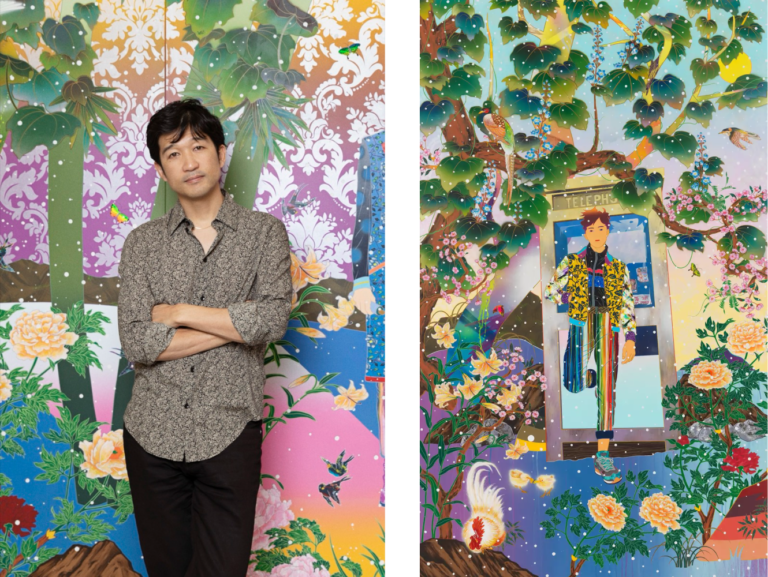
Portrait of Tomokazu Matsuyama. Tomokazu Matsuyama, Another Believer, 2021. Courtesy of the artist.
Why participate in a primary-market auction?
Auctions, broadly, democratize the process of collecting work by in-demand artists. Rather than sell to a select group of known clients, auctions allow for artists and galleries to reach a vast new population of art collectors who are enthusiastic about the featured artists’ work.
When it comes to online auctions, Artsy’s VP of Auctions, Shlomi Rabi, noted that Artsy is able to reach an audience of savvy, digitally native collectors who may not yet be on a gallery’s radar. With earnest intentions to build formidable art collections, these collectors are attracted to a more transparent and democratic market—and the seamless experience of online bidding and art buying. As Rabi put it, “Whereas at a gallery, the first fully vetted client gets the work, at an auction, the last standing fully vetted bidder wins.”
Will I be introduced to the buyer? Are they vetted?
One reason why galleries and artists may be reluctant to participate in auctions is the inability to “place” works with specific collectors. Selling to specific collectors who the gallery and artist already know can be important to ensuring that the work is kept safe and will be able to go on loan to a museum one day; and to building long-term relationships, which could mean that the collector goes on to support the artist’s career for years to come. While it may seem like selling via auctions means relinquishing this control, that doesn’t have to be the case.
Even in existing auction models that incorporate the primary market, auction houses prioritize maintaining the anonymity of the successful bidder so that they can own that relationship and position themselves as the primary conduit to the collector. However, at Artsy, we understand how important it is for galleries and artists to know who they are selling to—and that’s why we pre-vet collectors and introduce you to the buyer after the sale. Additionally, we do not publish the results of our Impact or Spotlight Auctions—unless granted permission—to protect the primary market of the artist.
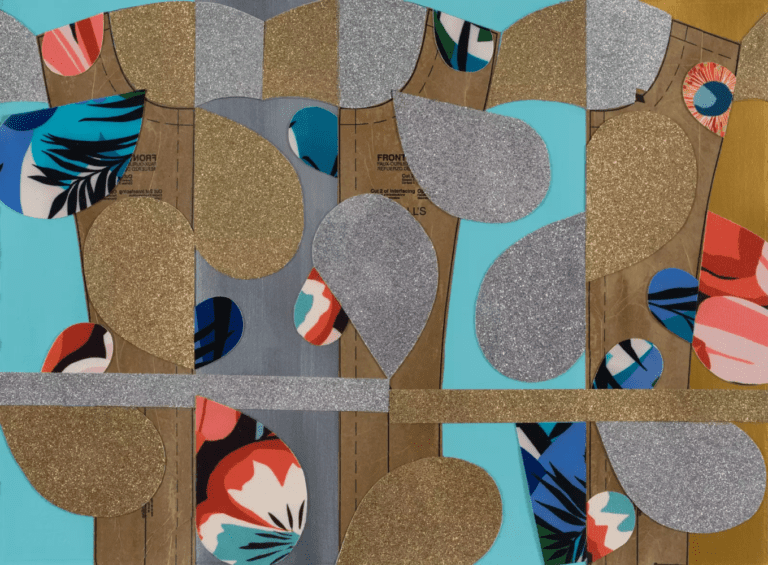
Derrick Adams, I Shine, You Shine, We Shine, 2022. Courtesy of the artist.
Will artists and galleries get right of first refusal?
When it comes to sales at a gallery, the gallery can negotiate with collectors to ensure they have right of first refusal in case of resale. In such circumstances, sales agreements stipulate that if a collector wants to resell the work, they must give the gallery the first chance to buy back the work. This not only gives the gallery some control over how the work transitions through the secondary market, but just as importantly, it offers them an opportunity to place the work with another specific collector.
When it comes to auctions, galleries and artists may expect to forgo such a scenario, yet in Artsy’s primary-market auctions, that’s not the case. In order to best serve artists and galleries, our Impact and Spotlight Auctions include right of first refusal terms.
Will the artist get resale royalties?
In the United States, when an artwork is resold, the artist typically sees none of the profits. Take, for example, rising art star Anna Weyant, who received none of the profits when two of her works broke the million-dollar mark at auction this past spring.
Especially for emerging artists with soaring markets, there’s a huge gap between what the artist earned when the work was originally sold, and what the collector gains when they resell the work at auction. Resale royalties ensure that the artist will get a percentage of each future sale of their work.
Artsy works with companies that enforce smart contracts or issue blockchain-registered certificates to make sure artists get resale royalties. Using Web3 technology and digital certificates, artists are able to track and maintain oversight of their work after it sells and earn income when it resells.
What if the artist doesn’t have a secondary market yet?
It may feel risky to introduce an artist to the secondary market, especially given that it could affect their primary market. Artsy’s primary-market auctions are specifically designed to make that experience safe and favorable to the artist and gallery. While traditional auction houses are not concerned with the coordination and timing this requires, Artsy’s auction specialists work directly with artists and galleries to determine the optimal time and context in which to offer an artist’s work.
Artsy’s Impact and Spotlight Auctions offer an excellent opportunity for galleries to share a prominent emerging artist’s work with the larger market, and as a result, attract a new collector base to the gallery’s program. Coupled with Artsy’s global marketing campaigns, these auctions give artists and galleries unparalleled exposure, and introduce them to a new collector base that they might not have reached otherwise. Additionally—and importantly—these auctions always drive proceeds to nonprofit beneficiaries, ensuring that the sale also has a social impact.



